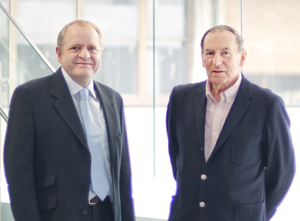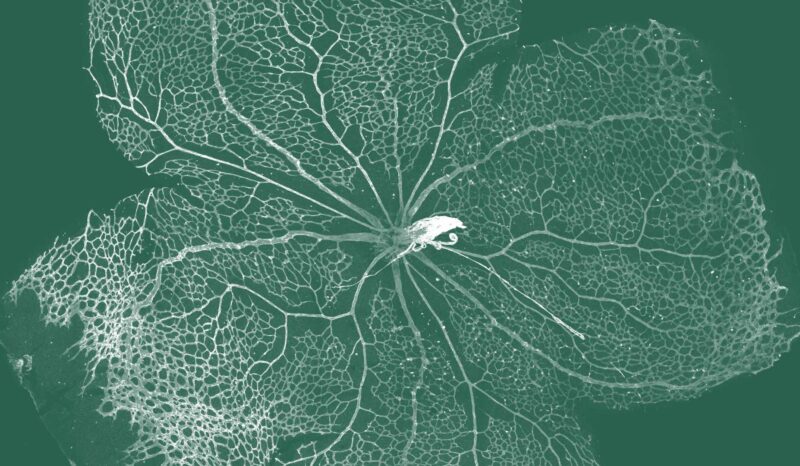One day, Eddie asked me about my plans for the following year. I told him that I was not going to do a second year of residency, and was instead about to begin a PhD at the Walter and Eliza Hall Institute of Medical Research.
Eddie said he’d heard of the place and wondered what my project would be. I told him I would be looking at transgenic mice that expressed a myc oncogene. “Oh, that’s the gene translocated in Burkitt’s lymphoma,” he said.
Naturally, I was mightily impressed. A surgeon in Horsham not only knew what a transgenic mouse was, he also knew about oncogenes and their activation by chromosomal translocations. I only found out a decade later that the reason Eddie knew this was that he had been talking with Dr Alan Harris who was researching the mice. Eddie was the anonymous benefactor behind the Drakensberg Trust, named after the beloved mountains of his homeland, which funded much of the research.
When I returned to the institute in the early 1990s, I used to run into Eddie each year at the annual general meeting of the Victorian Cancer Council. Putting two and two together, I realised that Eddie was a generous donor not only to the Walter and Eliza Hall Institute, but also to the Cancer Council (and Amnesty International, and I dare say many other worthy causes). In each case, Eddie would give anonymously and unpretentiously.
He had moved to Melbourne from Horsham and retired from surgery, but in typical energetic style, Eddie had enrolled in a course in medical ethics at Monash University. Knowing that card-carrying ethicists with real world experience were very thin on the ground, and that the institute was in need of new members of its human research ethics committee, I mentioned Eddie to the institute’s general manager Dr Margaret Brumby. She asked him if he would be willing to join the committee and, to my delight, he did, serving diligently for more than ten years.
When Eddie felt he could not longer retain all the details of the multiple ethics applications in his head he stepped down from the committee, but continued to maintain his interest in the institute’s research.
Whatever Eddie did, it was always with grace, competence, integrity, compassion, and good humour. He was a Renaissance man, an intelligent man and a caring man. A true gentleman, who will be greatly missed.
– Professor David Vaux



